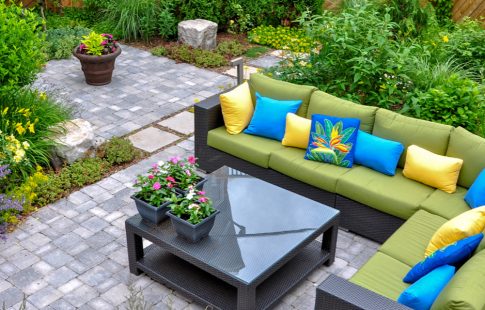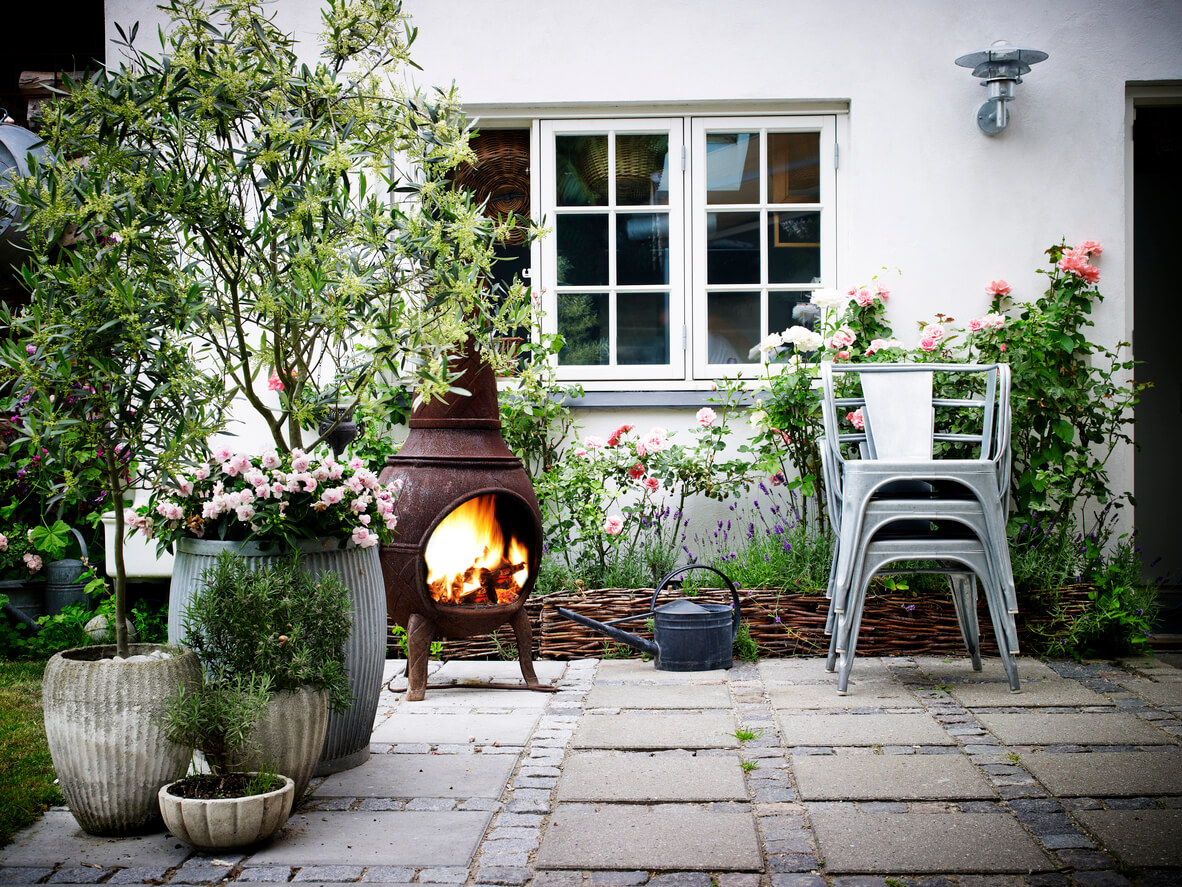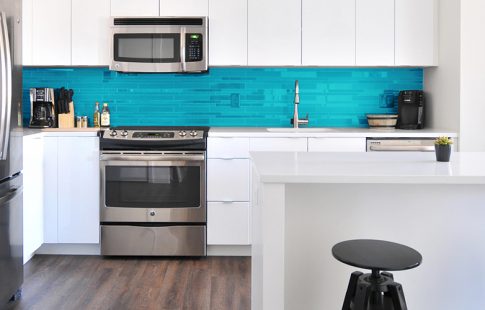Estimated reading time: 4 minutes
As summer begins, an overhaul of outside spaces beckons. While a full landscaping effort is beyond most weekend gardeners, we’ve got a good selection of DIY projects anyone can do over the course of two days (or far less in some cases). For those with a barren toolshed, we’ve also chosen projects that need the least DIY ability or extra equipment – so anyone can complete them easily.
#1: Make an herb planter from a wagon
Looking to spice up your garden? Reusing an old child’s wagon can give your Radio Flyer a new lease on life, and the good news is, the rustier it is, the better it will look! Upcycling is all the rage.
It also has the advantage of being mobile so you can roll your fresh herbs right up to the kitchen or barbeque when you need them. If you’ve got other old toys lying around, they may also work well—who wouldn’t love a succulent garden in the back of your kid’s discarded dump truck toy, or a doll house sprouting fresh summer flowers?
First, you’ll need a drill with a medium (1/4″) high-speed steel bit to make some drainage holes in the bottom of the wagon. To further help with drainage, you’ll need to put enough gravel to form a 1″ base layer at the bottom. On top of this, you’ll want about 1″ of potting soil, and a little mulch for the top layer. You will also need some seeds or potted herb seedlings from your local nursery.
Choose herbs that need similar conditions for sun and water, such as basil, thyme, rosemary, and chives. Beware of plants like mint that, while smelling great, will take over the entire planter.
#2: Build a compost bin
Though you can buy a compost bin made from budget-friendly plastic or even chicken wire, assembling a cedar bin is easy. You’ll need some wood, a saw, screws, and an electric drill, along with a few hours to get the job done. There are tons of designs to choose from. Try this guide from This Old House, or this one from Good Housekeeping for exact measurements and blueprints.
Making a cedar compost bin will not only conceal those yard clippings and kitchen leftovers, it can provide an ongoing source of nutrients for all your garden plants without sticking out like a sore thumb on your landscape.
Almost any kitchen waste can be compost if you want it to be and making your own will pay dividends when you use it to fertilize new flower beds, grow vegetables, or give a boost to new planting projects.
Take all your grass and plant clippings, like leaves, pine needles, and hay, then mix with biodegradable kitchen waste (veggies, fruit rinds, used napkins, etc.) and coffee grounds or other organic items. Then turn the compost every couple of weeks until you get what looks like a rich brown soil that has an earthy smell.
If you love to garden, nothing feeds your plants better than compost from your very own backyard, and its price (free!) is impossible to beat.
#3: Solar light chandelier
This is a great project that’s all about upcycling and will give you an excuse to scour antique and thrift stores! First, you’ll need an old chandelier. These are easy to find, both in secondhand stores and on eBay, if you’d rather shop from home.
Once you’ve found one, turning it into the ultimate patio light is easy. Simply visit your local DIY store (or head online) and buy some outdoor solar lights to replace the bulbs. You won’t need to worry about wiring or doing anything other than hot gluing them in place. Depending on the model of solar light you choose, you may need to remove stakes usually used to plant them in the ground.
You can also give the chandelier a fresh coat of paint to fit your color scheme—and because the lights are solar, you won’t have to worry about wires, weather proofing, or safety concerns as you use it in your outdoor space. Better still, most solar lights switch themselves on as dusk falls, making this an automatic upgrade to any patio or deck!
For an example of how your DIY chandelier will look, or some additional inspiration, check out these versions from HomeJelly or DIYCrafts.





